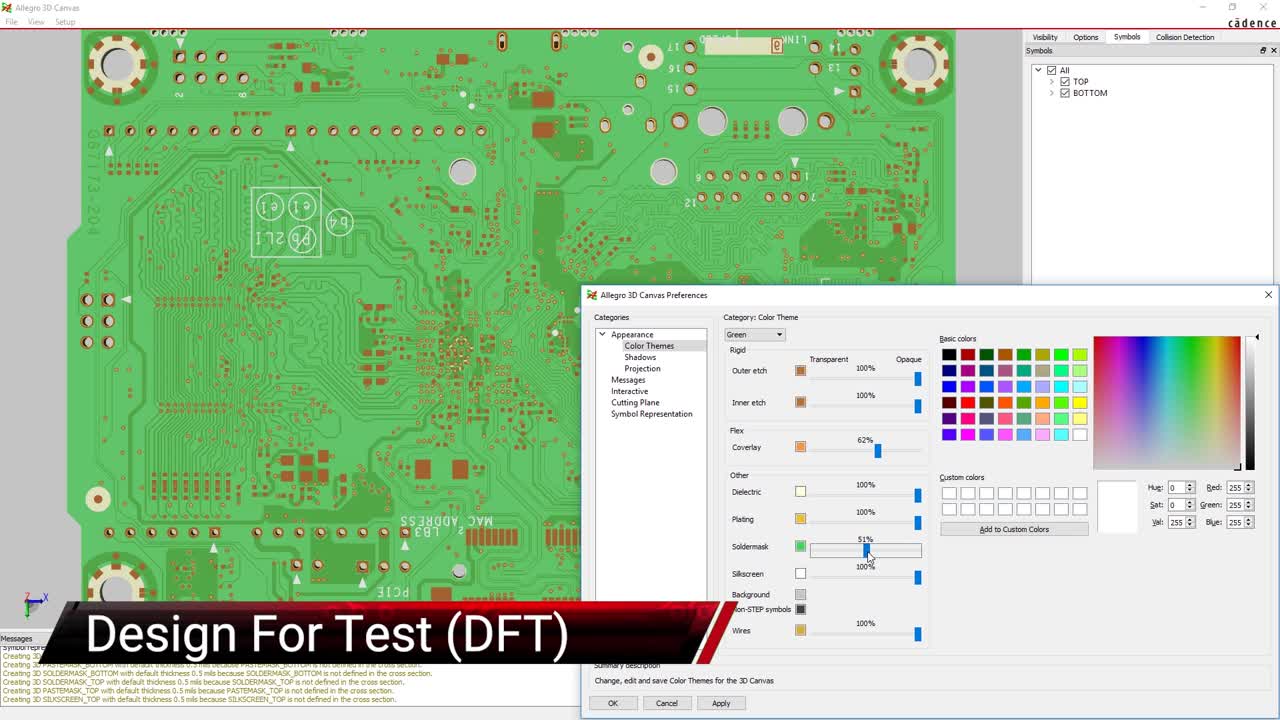Why Solder Joint Inspection Is Important
Key Takeaways
-
Solder joints can seriously compromise PCB functionality.
-
Bad solder joints can be caused by a number of factors, including design, mechanical stress, low-quality solder, bad practice, and faulty equipment.
-
Solder joint inspection that includes X-ray inspection is the best—and, sometimes, only—way to detect faulty joints.
Solder joint inspection can identify solder joints that may compromise the final product.
Perhaps it only happens to me, but I often find my partner double- or triple-checking the mirror before a night out. Even though they look perfect to me, they want to make sure everything is just right before stepping out the door.
I understand the impulse to verify that things are perfect before it goes out into the world. When I was running a PCB contract manufacturing company, I would constantly fret over solder joint inspection and whether it was carried out correctly. That’s because I remember instances in which a lack of inspection cost me dearly in support and recalls.

What Happens When You Skip Solder Joint Inspection
It’s important to check with your PCB assembly supplier to understand the technology involved in their soldering process and in solder joint inspection. If your supplier doesn’t invest in a sophisticated machine or relies only on manual inspection (a.k.a. bare eyes inspection), you could be in for a rough ride.
When the PCB is not properly inspected, bad solder joints and short connections may go undetected, causing serious problems in the final product. Often, these problems only become evident during QA testing. As you power on the PCB, short joints may result in burning out an IC or two.
You may also spend hours troubleshooting the PCB to find out why components are malfunctioning. Unlike solder joints that are manually created, bad joints from reflow machines can be hard to detect. Even if you’re equipped with a magnifying glass, performing a manual solder joint inspection can be a painstaking effort.
Some bad joints are intermittent and problems only manifest when mechanical strain is applied to the PCB. In the worst-case scenario, this means that problems may not be discovered until they are deployed in the field. Be prepared to pick up calls from frustrated technicians if you’re skipping solder joint inspection.
What Causes Bad Solder Joints?
Bad solder joints can happen for a number of reasons. Often, the cause lies in the fact that the design and thickness of the stencil used in SMD reflow determine the amount of solder paste being deposited on the PCB. When a supplier opts for a thinner stencil, the solder holding the components can be worryingly thin. Additionally, this may result in pins that aren’t perfectly connected.
Mechanical stress can also play a significant role in bad joints. During the process of depanelizing, the PCB is exposed to a certain degree of cross-sectional stress. This may cause some solder joints to crack. The same is true when the PCBs are not handled carefully during transport.
Mechanical stress may lead to bad solder joints.
Sometimes, bad solder joints are caused by the process itself from the supplier. Low-quality solder, bad practice, and faulty equipment may result in problematic solder joints. However, PCB designers may be the culprit in some cases. For example, PCBs designed with pads that are too small or large can contribute to solder joint issues.
How Do You Perform Solder Joint Inspection?
If you’re producing a prototype using manual soldering, a magnifying glass and a careful pair of eyes can help you in identifying irregularities in the solder. However, things get more complicated for PCBs that are reflow soldered and even more so if you have BGA parts. In these cases, a solder joint inspection machine must be used to pinpoint problems like solder bridge, missed solder, or joints with bad connections.
Solder joint inspection machines use high-resolution cameras and X-ray inspection to scan through the PCB. Lights are projected to better display the areas surrounding the joints. These machines are powered by sophisticated algorithms that perform the inspection with speed and accuracy and are particularly helpful in checking hidden areas such as the BGA pads.
X-ray inspection is needed for BGA components.
While some aspects of this are beyond the control of PCB designers, you can still do your part in minimizing bad solder joints. Use IPC-7531 component libraries provided by the PCB design software to ensure the PCB is compliant to the standard.
Using the right PCB design and analysis software can also help to prevent solder joint problems before they occur. Your best practices for preventing, detecting, and correcting can also be shared using our advanced OrCAD PCB Designer features, allowing you to improve efficiency and realize cost savings across your organization.
If you’re looking to learn more about how Cadence has the solution for you, talk to us and our team of experts.